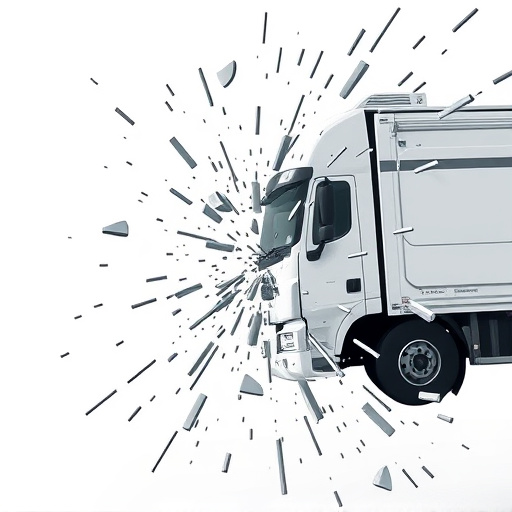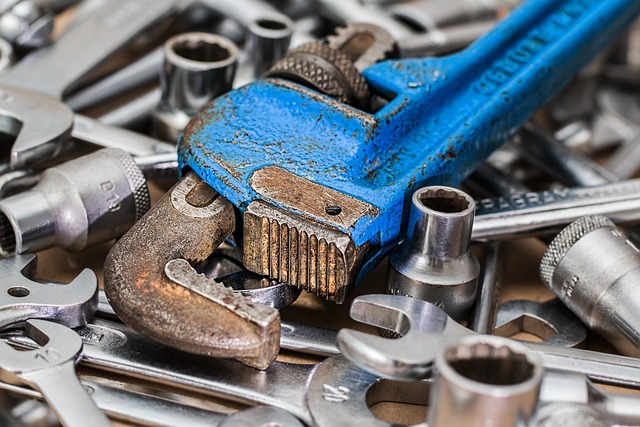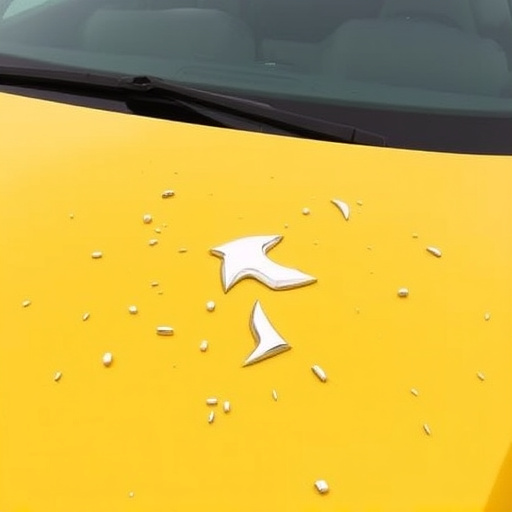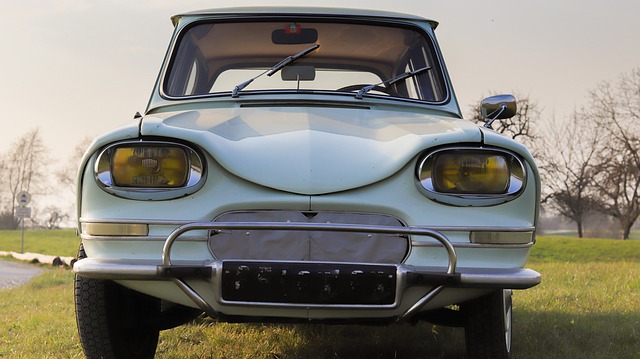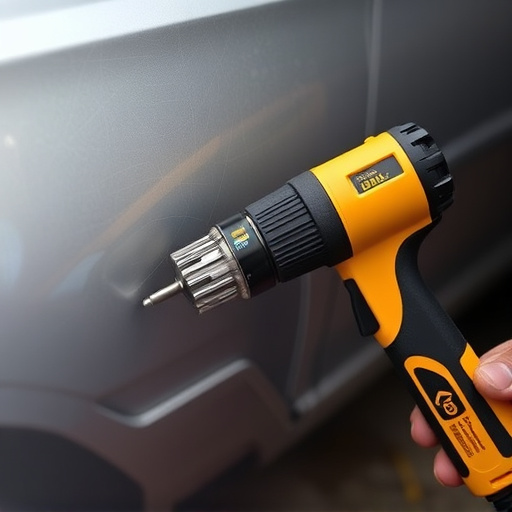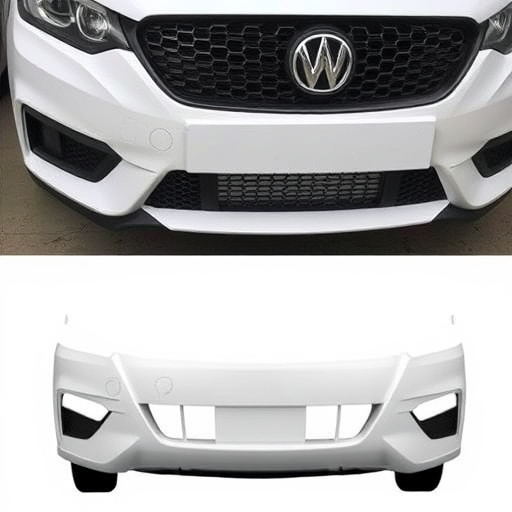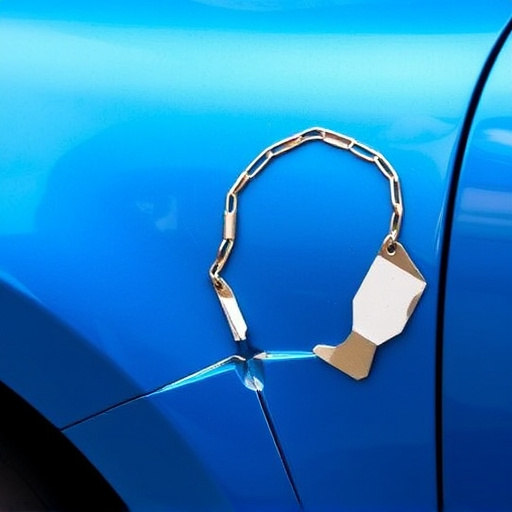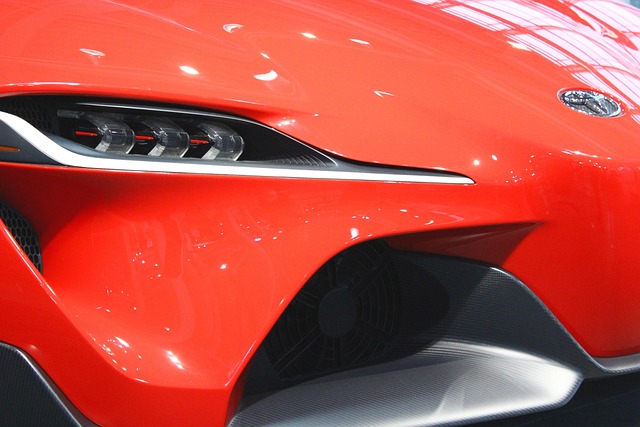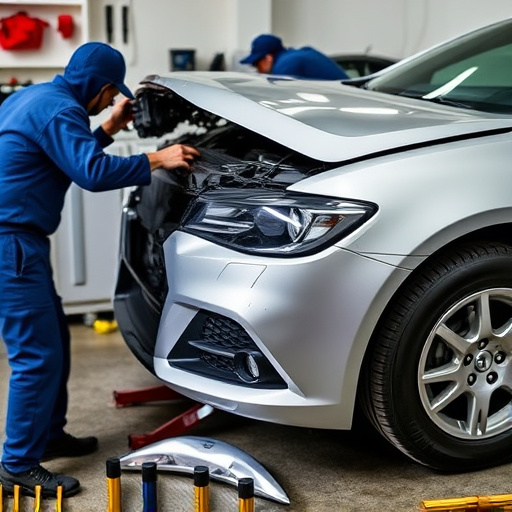Tesla's diagnostic system uses fault codes to identify vehicle issues, with specific codes guiding owners and mechanics in repairs. Common camera problems include sensor damage, faulty wiring, and software glitches, resolvable through cleaning, replacement, or updates. Replacing a Tesla repeater camera is a DIY-friendly process involving diagnosis, sourcing a new camera, and secure installation while following service manual instructions.
“Tesla owners often face challenges with their vehicle’s advanced features, particularly the repeater cameras. This comprehensive guide addresses the crucial topic of Tesla repeater camera replacement after fault code detection. Understanding Tesla’s complex fault codes and their impact is essential for effective problem-solving. Learn to diagnose common camera issues and follow a step-by-step process for successful replacement, ensuring your Tesla’s safety and performance.”
- Understanding Tesla Fault Codes and Their Impact
- Diagnosing Camera Issues: Common Problems and Solutions
- Step-by-Step Guide to Replacing Repeater Cameras
Understanding Tesla Fault Codes and Their Impact

Tesla vehicles are equipped with an advanced system that uses fault codes to identify and communicate potential issues within the car’s various components. These codes are like a diagnostic language, providing crucial information about what might be wrong. When a Tesla detects a problem, it displays a warning light on the dashboard, often accompanied by a code that helps owners and car repair services pinpoint the issue accurately. For instance, a faulty repeater camera will trigger a specific error code, prompting drivers to seek a Tesla repeater camera replacement as soon as possible.
Ignoring these fault codes could lead to more severe consequences, as minor issues can escalate over time. Fortunately, understanding these codes enables owners to take prompt action, whether it’s scheduling a tire service, a bumper repair, or replacing a critical component like the repeater camera. By addressing these matters timely, Tesla owners can ensure their vehicles remain reliable and safe on the road.
Diagnosing Camera Issues: Common Problems and Solutions

Diagnosing camera issues in a Tesla involves identifying common problems that often lead to fault codes being detected. One of the primary culprits is damaged or blocked sensors, which can hinder the camera’s ability to capture clear images. This might be due to dirt, dust, or even small debris getting into the lens. A simple cleaning or replacement of the repeater camera can resolve such issues.
Another frequent issue is faulty wiring within the vehicle’s bodywork. Over time, these connections can loosen or corrode, disrupting the flow of data and power to the cameras. A thorough inspection by a professional auto repair shop specializing in Tesla repairs can pinpoint these problems. Replacing the affected components, whether it’s a repeater camera or the wiring harness, is often the best solution. Additionally, software glitches or outdated firmware could cause unexpected behavior, leading to camera malfunctions. Regular updates from car repair shops keeping up with the latest Tesla software revisions can mitigate these issues.
Step-by-Step Guide to Replacing Repeater Cameras

Replacing a Tesla repeater camera is a straightforward process that can be accomplished with the right tools and a step-by-step approach. First, locate the faulty camera using your vehicle’s diagnostic system or by identifying the code associated with the problem. Once you’ve pinpointed the issue, gather the necessary replacement parts, which typically include a new repeater camera compatible with your Tesla model. Before beginning, ensure proper preparation by consulting your car’s service manual for specific instructions tailored to your vehicle.
Next, carefully remove the old camera from its mounting location, taking note of any connections or wiring. This may involve unscrewing the camera or detaching electrical connectors. With the old camera out of the way, install the new repeater camera by securing it firmly in place and reconnecting any wires or sensors. Verify that all components are correctly aligned and fastened before testing the camera’s functionality. Performing these steps should allow you to successfully replace your Tesla repeater camera, enhancing your vehicle’s safety features without the need for extensive automotive body work or seeking specialized car repair services.
Tesla repeater camera replacements are a crucial step in addressing potential safety issues and enhancing vehicle performance. By understanding fault codes, diagnosing camera problems effectively, and following a detailed guide for replacement, car owners can ensure their Tesla’s advanced driver-assistance systems (ADAS) function optimally. This process not only improves driving experience but also underscores the importance of regular maintenance in keeping up with modern automotive technology.




